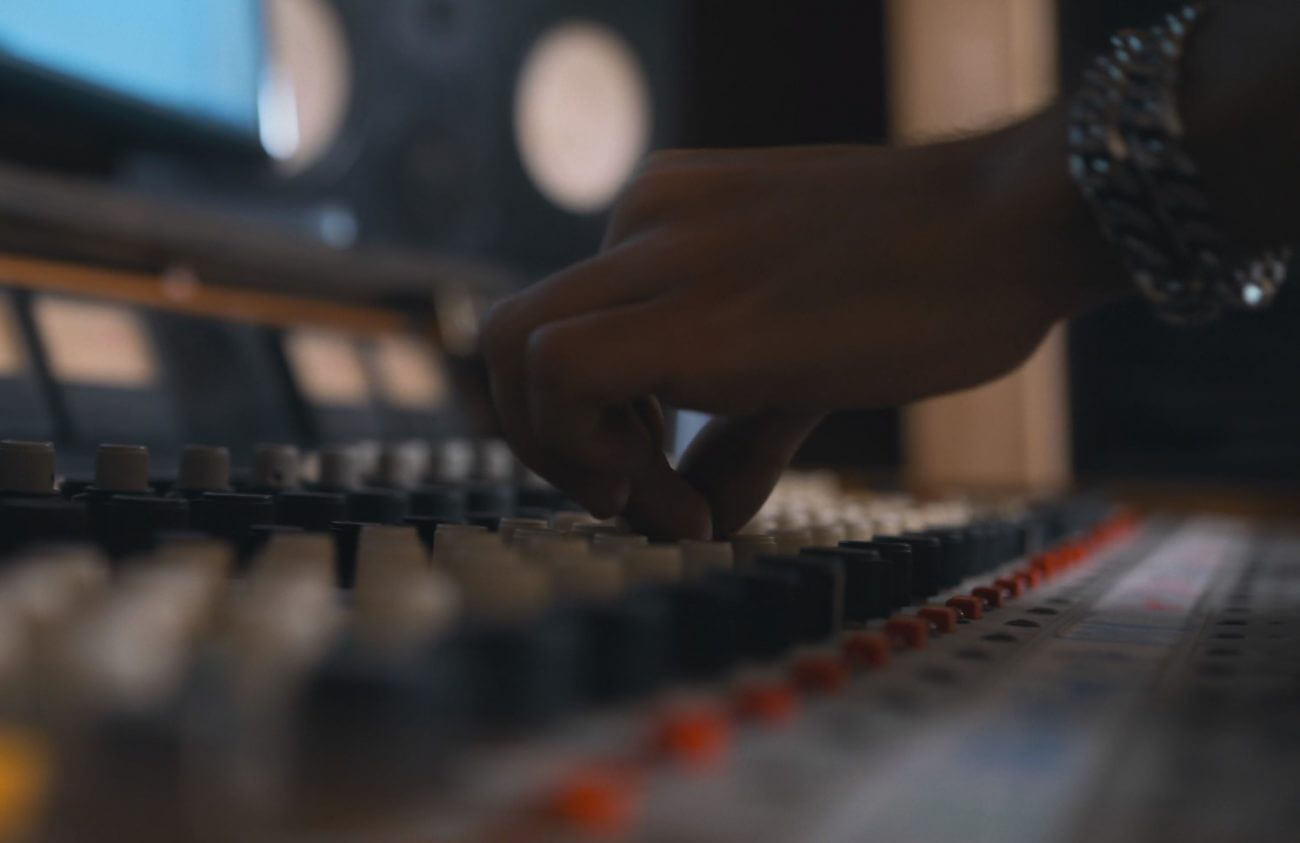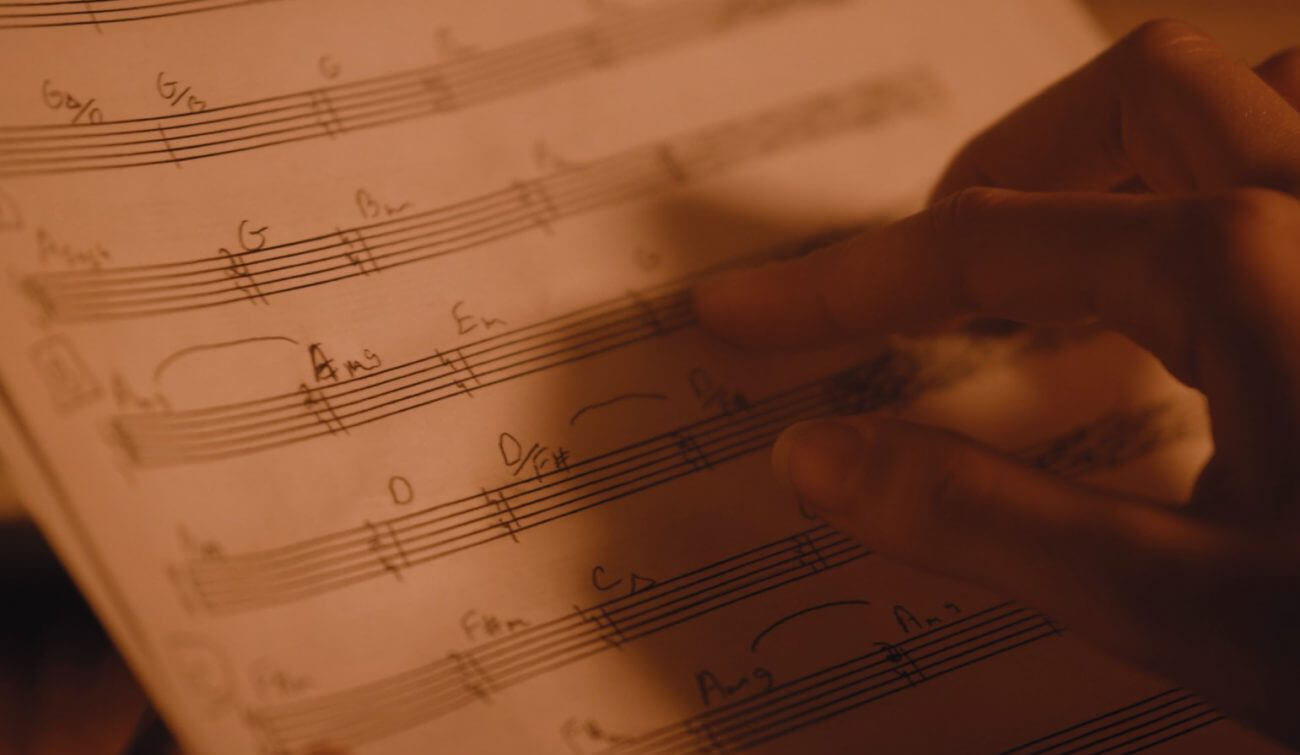Highlights
Table of Contents
Explore article topics
If you’re a reader of this blog, we don’t have to tell you the importance of having royalty-free music in your YouTube videos. As video producers and filmmakers, we are artists who understand the need and desire to be paid for our art. We also want to protect the copyrights of the art on which we worked so hard. These are the primary reasons behind the creation of the Digital Millennial Copyright Act (aka the DMCA).
When it comes to using music in videos posted on YouTube, Facebook, Instagram or any other social media platform, it is the DMCA that requires these platforms to remove videos that have music that violates copyrights. Frequently I see people get mad at YouTube or Vimeo when a video gets taken down due to DMCA laws. But if the copyright holder requests it, YouTube has to comply.
It’s your job as the creator to make sure the music you use is legal. The best way to do that is with an Artlist subscription (naturally we’re biased). But you do have other options. One is to license music that is free to use and does not violate copyright laws or the DMCA.
Public Domain
The first kind of free background music for YouTube is music that is in the public domain. This is music that has no copyright ownership and can be used legally by anyone. Music that was written in 1924 or later is part of the public domain in the United States. The tricky part of this is that the public domain status extends to the written music, not a particular arrangement. So while the collected works of Mozart are in the PD, you can’t just use anyone’s version of his song. If you find a version of Eine Klein Nachtmusik that would be perfect for that romantic comedy of yours, you better make sure the arranger of that version has granted a creative commons license.
Which brings me to the next popular version of free music for YouTube videos.
Creative Commons
Creative Commons is an international licensing standard that makes it easy for artists around the world to grant usage rights to their work. It includes six licenses:
- CC BY: allows you to distribute, remix, adapt, and build upon the art in any medium or format, so long as attribution is given to the creator.
- CC BY-SA: same as CC BY plus the work must be shared under the same license (SA = “Share Alike”). This means that if you use a CC BY-SA song for a YouTube video, that video must also have a CC BY-SA license. You cannot use a CC BY-SA song for a video in which you do not also make YOUR video CC BY-SA. That might affect whether or not you use such a song if you don’t want your video to be remixed, adapted, or transformed in another way.
- CC BY-NC: same as CC BY except it cannot be for commercial purposes (NC = Non-commercial). Note that “commercial” doesn’t just mean that you get paid for it. If you were to use a song for a YouTube video, it could be deemed as “commercial” use, even if you make no advertising money, if the purpose of that channel is to help promote a business.
- CC BY-NC-SA: same as CC BY-NC-SA plus the work must be shared under the same license.
- CC BY-ND: you are allowed to copy and redistribute the work so long as you give attribution and you do not create any derivatives (ND = Non-derivative). Basically, that means you cannot change the art. So, if a song has a CC-BY-ND license, you could not edit or change it to fit your video. It must be used as-is. (I do not think any CC songs you come across would be BY-ND songs).
- CC BY-ND-NC: I’m sure by now you’ve figured out the pattern. This license allows you to copy and distribute the work, but you cannot transform it and it cannot be for commercial purposes.
Creative Commons has the equivalent of a Public Domain license called CC0.
Most of the free songs you come across that are allowed for use in YouTube videos will be CC BY or CC BY-SA.
How YouTube protects itself and its copyright holders
Nearly 5 billion videos are watched on YouTube every day. 3.25 billion hours per month. The only way the platform can monitor for and remove content that breaks copyright ownership is via computer algorithms. Musicians (or music labels) will register a song on YouTube and indicate that it’s protected. If a video contains that song, it can be flagged as violating copyright. The copyright holder then has the choice of having violators taken down or ad money from those videos diverted to the copyright holder.

The problem that can arise for YouTube content creators who legally license music is that some songs that are available to license, are also ones that have been registered with YouTube. Here’s an example:

Here is another site that allows you to use free music. But, the song is registered with YouTube. So that means a video will most likely cause a content ID claim, and you would need to file an appeal. As we wrote earlier this year, Content ID claims can be a pain, and you want to do anything you can to avoid a copyright strike.
Get everything you need to create the perfect video
The big difference between free and royalty-free (but paid)
When deciding which music to pick for your YouTube video, you literally have thousands of choices from dozens of sites. All the songs will have different licenses. Some will be free. Some you have to pay for on a per-song basis. Others are part of a subscription music licensing service (like Artlist). In this article, I want to address what differences you can expect between songs you get for free and those you pay for. And trust me, even though I’m writing this article for Artlist, the purpose of it will NOT be to convince you to subscribe. The value of subscribing to Artlist to get royalty-free music for your YouTube videos is self-explanatory. I don’t need to convince you how good it is (you probably wouldn’t even be reading this blog post if you didn’t already know that). I want to give you honest information from nearly 20 years of professional video and podcast production.
There is one primary difference between free songs and royalty-free music for YouTube videos (or rights-managed) that you pay for. Quality. It’s as simple as that.
Now, you may be saying to yourself: “Ron. That is obvious. I could have figured that out.” Yes, I’m sure you could. But I want to get very specific about the KIND of quality, why it’s important, and how you can use that knowledge to serve you.
There are two kinds of quality differences to be aware of.
Quality of composition
The first kind of quality is how the song is composed. Is it a complex song with varying rhythms and instruments, bridges, dips and crescendos, etc.? Or is it the same melody repeated over and over for 120 seconds (those kinds of songs exist, and when you hear them in a video, the monotony of the song will subconsciously make the video “feel” longer.) Does the song have lyrics? If so, how complex are they?

Songs that are free typically are simple and lack the sophistication you hear from popular songs. In essence, they sound like canned music. There is nothing wrong with that, in-and-of-itself. But if you’re working on a YouTube channel that you want to stand out, or you’re creating a multi-million dollar YouTube campaign for a big client, they will require a greater amount of sophistication and quality.
Quality of the curation process
Lastly, typically songs that are available for free are on platforms that frequently don’t have advanced search or curation features. This is understandable. If they are not making any money from the sale or subscription of their music, they need to manage engineering costs. That means they might not have favorites, playlists, folders, or even genres. You will then spend considerably more time picking the candidates for music for the YouTube video on which you’re working. Ironically, even though you may be saving money using a free song, the extra time you may spend curating music might eat up any value saved.
Don’t get me wrong: there may come a time when you legitimately must use free music. Maybe you’re creating a video for a non-profit that has little to no budget. You might be making a birthday video and you don’t have a budget for it. Maybe you’re creating a YouTube series that isn’t earning any ad revenue yet. When I produced my Radio Film School podcast, each weekly to bi-weekly episode needed 4-5 songs I could use commercially. I had no budget for that personal project, so I spent hours finding and picking music.
At the end of the day, you have a choice between free and royalty-free music for your YouTube videos. The quality of the videos will greatly depend on the quality of the songs. The quality of those songs will greatly be dependent on whether or not the song is free. And the quality of the experience you have picking the music will also be affected.
Ask yourself: how much is your time worth? How important is the video? Are you being paid well by your client? The answers to those questions will help you determine if you want to use free or royalty-free music for your YouTube videos which you will pay for. I have to say, at US$199 for a year subscription to Artlist, where you get unlimited song downloads, after just four or five songs, you will have paid about the rate of other popular song sites.
For nearly 20 years, Ron has been a professional video producer, content marketer, and influencer in the visual arts industry. Most recently was managing editor of the Frame.io blog and currently managing editor of Film Riot. He helps brands and creative artists tell their stories using video, content, and words. You can learn more about him at https://bladeronner.media.
Share this article
Did you find this article useful?
Related Posts
- By Josh Edwards
- 13 MIN READ
- By Daniela Bowker
- 10 MIN READ
- By Josh Edwards
- 7 MIN READ
Latest Posts
- 15 Apr
- By Rebecca Helfenbaum
- 4 MIN READ
- 10 Apr
- By Rebecca Helfenbaum
- 5 MIN READ

